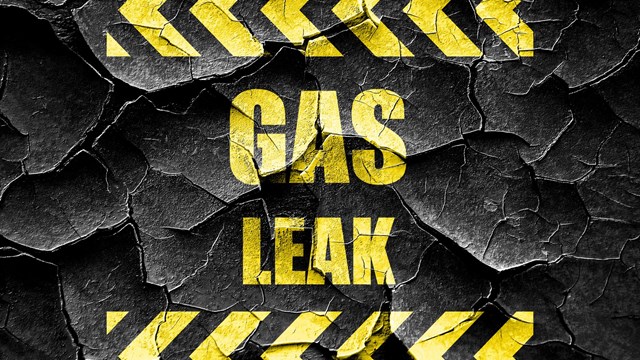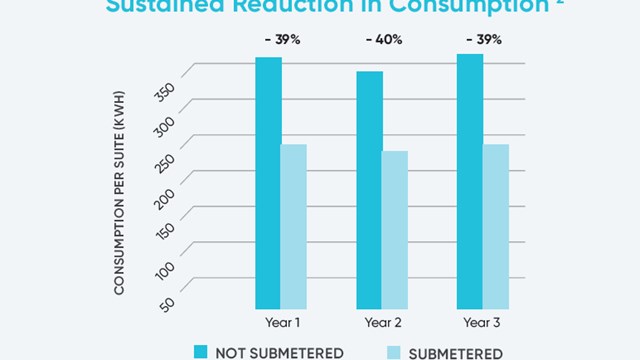
Recycling is good for the environment - everyone knows that. But it can be a pain keeping track of the changes - one year it doesn't include glass or plastics, the next, glass and plastics are back; one year, you recycle newspapers, the next, you recycle "mixed papers" as well. And if this is confusing to the ordinary New York cooperator or condo owner, who has to take piles of newspapers and magazines down to the basement, it's doubly challenging for board members and building managers.
The city passed its first recycling law - Local Law 19 - in 1989. At the time, the city was faced with dwindling free landfill space of its own and increasing reluctance on the part of many out-of-town communities to accept the city's garbage in their landfills. Tough air pollution requirements had been enacted that discouraged incineration - many folks who grew up in apartment houses before that will remember throwing trash "down the incinerator." But in order to save space and engender compliance, recycling collection was phased in neighborhood by neighborhood, with the city sponsoring outreach programs to churches, schools, senior centers, neighborhood associations, and building associations.
Some neighborhoods such as Park Slope and Greenwich Village had their own voluntary recycling programs well established as early as the 1970s. But if you think that recycling was invented in the "˜70s by some neo-hippies on Thompson Street or Prospect Park West, you're very much mistaken.
"There's always been recycling, even if it wasn't always called by that name," says Nancy Walby, vice chair of Brooklyn's Solid Waste Advisory Board (SWAB), one of several groups that advises the Brooklyn borough president. "As a kid, I lived in 13 cities, and you always had to separate some things, whether it was wet papers from dry, or tin pots and pans. When I moved to New York 30 years ago, it was the first place I lived that allowed you to throw everything out," she recalls. New York City, by the way, long before Local Law 19, did have such a program to separate out trash - before World War I, that is.
The current recycling program - which is administered by the Department of Sanitation - has changed somewhat over the years. The types of materials that are being recycled and the frequency of recycling has generally increased, though in July of 2002, in the aftermath of 9/11, the city temporarily suspended glass and plastic recycling collections because of a severe budget crunch. Collections of plastic resumed in July 2003, and glass recycling, as well as well as weekly pickups, resumed in April 2004.
Today, materials that must be recycled include newspapers, magazines and catalogs; white or colored paper; smooth cardboard; paper bags; flattened cardboard; metal cans; foil scraps; plastic bottles and jugs; glass bottles and jars; milk and other beverage cartons; and household metal, such as wire hangers and metal appliances. No batteries, light bulbs or Styrofoam are permitted in the waste stream.
Recycling advocates will say that the city's biggest sanitation-related expenses are not recycling-related. For example, Mark Izeman, senior attorney for the conservation-oriented Natural Resources Defense Council (NRDC) says, "The biggest expense is exporting our garbage out of the city to incinerators or landfills."
Carmen Cognetta, counsel to the Sanitation and Solid Waste Management Committee of the New York City Council, agrees, adding that, "We pay $350 million a year just to have our trash taken out of the city by private contractors." New York City's last landfill, Fresh Kills in Staten Island, was closed in 2001, and the city's last incinerators were shut down in the early "˜90s.
Figures offered by those interviewed for this article indicate that recycling indeed does save money - at least for most substances. Fees that the city pays recycling plants have come down quite a bit - the Sanitation Department itself says that two years ago it was paying more than $100 per ton for metal, plastic and glass. Today these costs are about $50 per ton.
Izeman adds that when recycling began, it was very expensive, but the cost of recycling has decreased 85 percent, to the point where the costs of recycling versus. exporting or incinerating trash are very close. Based on the costs of paying recycling plants, on one hand, and the money the city gets for the recycled materials, on the other, the Sanitation Department itself now calls recycling "cost-effective."
As far as the market for recyclables is concerned, Cognetta says, "We get paid for paper, metal and glass. At the Visy plant in Staten Island, they take about half of the city's paper, put it into a big vat, and out comes a thick type of paper that's used to make boxes. "The thing that drives the total cost up is glass - there isn't a great market for it. Glass gets crushed, it's hard to sort out, and it does cost us."
Where are the recycling plants themselves? The city has contracts with private recycling vendors located within the five boroughs and New Jersey. These transfer stations are largely located within mainly industrial areas, such as Williamsburg, the South Bronx or Sunset Park.
As in any sort of waste management facility, trash must be brought there by truck. This has the potential to cause problems with odors, traffic, and possible spills of toxic garbage, but problems should be minimal as long as the recyclers abide by regulations, don't leave their noisy engines idling for long periods of time, and don't have trucks going in and out at all sorts of hours.
(For questions about your own recycling schedule, log on to
The NRDC claims that the city saved only "a mere fraction" of the $40 million savings it had projected when it suspended glass and plastic collection. Walby says,. "When it was first implemented, many people in the city administration thought it was an environmental, touchy-feely, do-gooder thing." Slowly but surely, she continues, the powers-that-be realized that recycling was a necessity and not just an "add-on program."
Cognetta, on the other hand, thinks the city did have somewhat valid grounds for curtailing recycling. At the time, he said, it was becoming more expensive. "The companies that were doing recycling were not using modern techniques - they were doing hand labor. They were not going to invest in infrastructure, because the city only gave five-year contracts." Now, he says, the city (part of which he represents) is negotiating a 20-year contract for metal, glass and plastic to the partnership of Hugo Neu Schnitzer East - a recycling and scrap-metal reclamation concern based in Jersey City, New Jersey - and the firm "will do a state-of-the art facility."
The benefits of recycling are self-evident. It turns waste materials into usable material, saves energy, and minimizes the impact of waste that is put into the earth, burned into the atmosphere or leaks into the water supply, creating harmful pollutants. In addition, it saves money, and as technology improves, it can save the city even more. And if not for recycling, many useful materials that would otherwise have been wasted find a second, useful life.
Deborah Masters, an activist with Neighbors Against Garbage (NAG) in Williamsburg, Brooklyn, believes that recycling also saves New York from being "totally unpopular with the states that surround it. A lot of landfill goes to Pennsylvania, Ohio, West Virginia." Many readers will recall the "garbage barge" full of New York City trash that was forced to go from one place to another until it found a landfill that was willing to accept its load.
"The basic benefit is that it teaches people not to waste things," Masters says. "If the city is having a hard financial time just because of recycling, they need to get their act together. Many cities on the West Coast, in Europe, do more than 70 percent recycling."
Asked about the possible drawbacks of recycling, most believe that there really aren't any. Indeed, the experts feel the city should encourage even more recycling.
Some shareholders yearn for the good ol' days when trash was merely deposited down the chute into an incinerator. But recycling is here to stay and buildings are doing their best to enforce the rules. In some co-ops, the maintenance staff has ID'ed offenders by reading the address labels on improperly-disposed-of magazines and circulars.
Speaking of the future of recycling, Cognetta says, "What we have to do is recycle more. The current `capture rate' for recyclables [that are actually recycled] is 45 percent. There's no reason why everyone can't recycle their newspapers or junk mail. If we recycle 65 or 70 percent of all papers, the savings will be phenomenal."
One day, he envisions, even more items will be recycled; including clothing, cell phones, computers and other electronic devices. "In the next 10 years, more than 50 million computers will be thrown into landfills," he says, illustrating the looming need for methods to dispose of all that hardware safely and with minimal pollution.
And of course, Izeman says, the city will have to take an active role in strengthening markets for recyclables, to make it even more worthwhile cost-wise and environmentally.






2 Comments
Leave a Comment